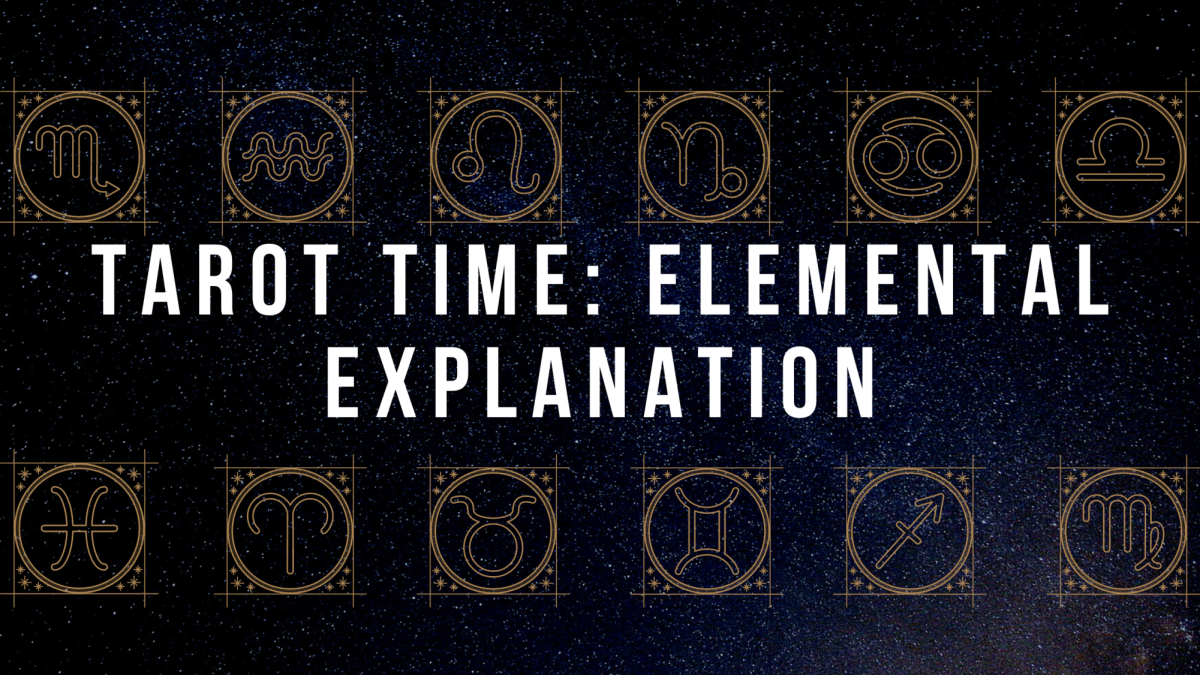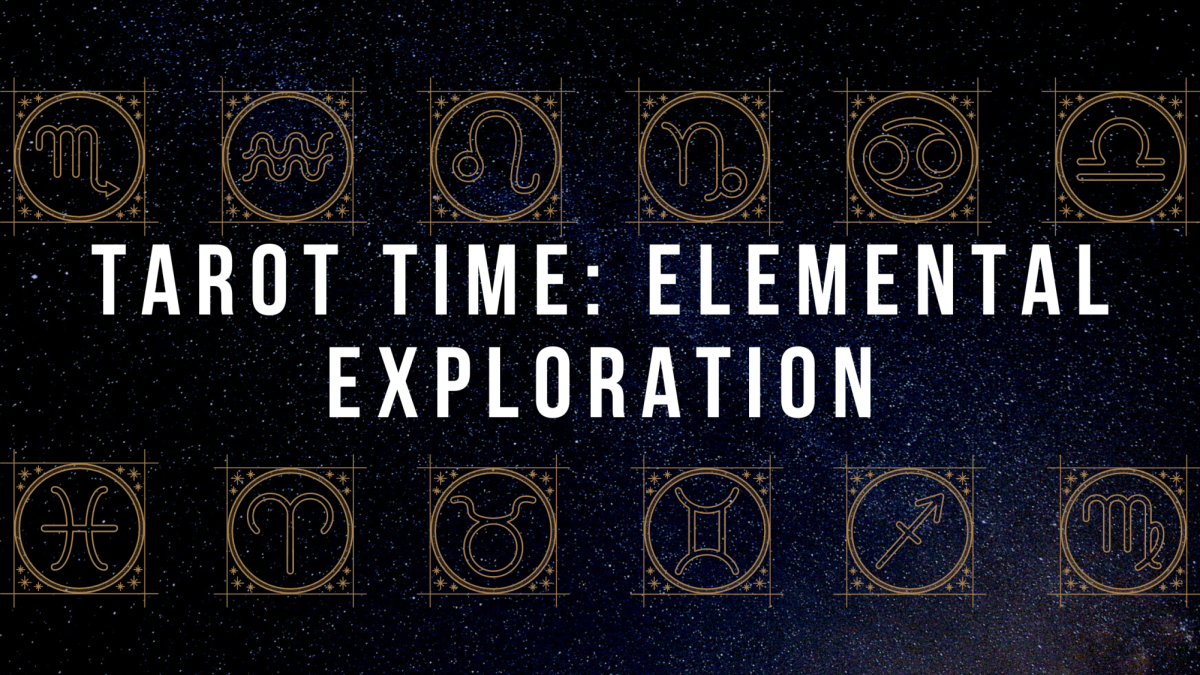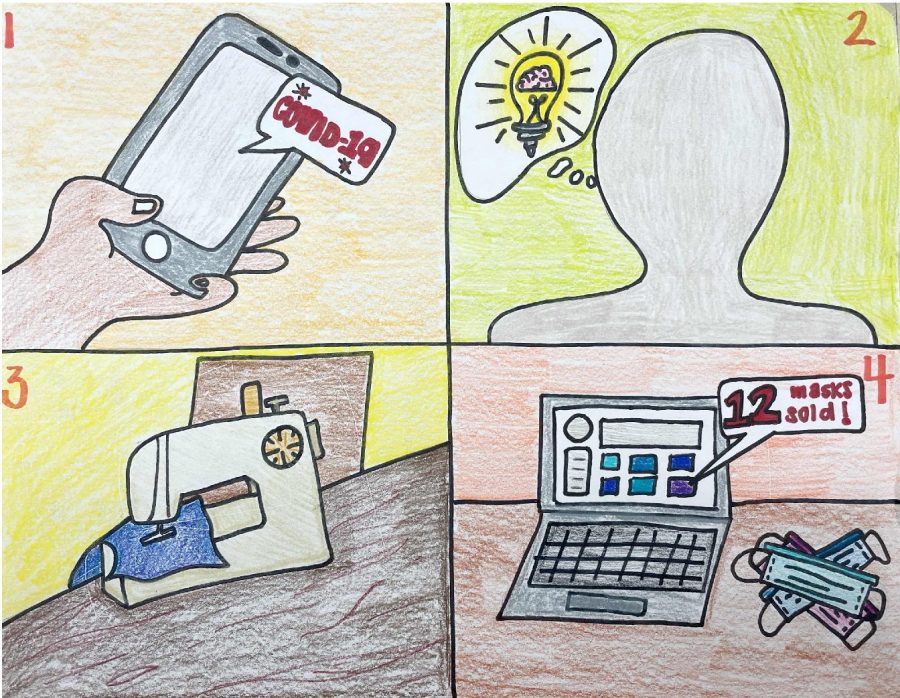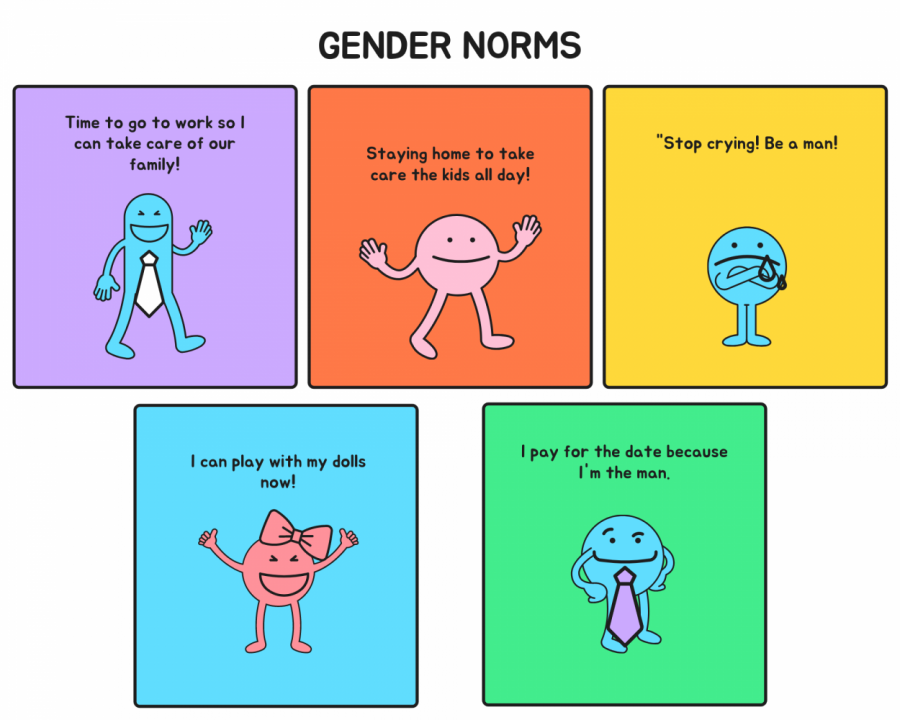Napping has been validated as a better way to boost alertness than a shot of caffeine according to Sara Mednick, an assistant professor in psychiatry at the University of California at San Diego who led a study evaluating the energy effects of a nap compared with those of caffeine.
Power naps are most common in the afternoon between 1 and 4 p.m. The most effective naps last from 10 to 20 minutes.
“I take naps normally every other day for 30 minutes after school. I find myself more alert upon waking up because I get a good rest when I take a nap,” said junior Chiann Nobrega
Mednick, whose research focuses on sleep and performance, published her studies in the book: “Take a Nap! Change your life.” Mednick does not recommend 30-minute naps because the recovery after waking up leaves the individual with “sleep inertia,” the groggy, dazed feeling after a nap.
“I take naps that last about two hours sometimes maybe three times a week because I’m exhausted from school and I usually feel groggy and disoriented when I wake up,” said junior Tyler Yoshida.
The duration of the nap contributes to helping different parts of the brain. For example, a 6-minute nap specifically enhances declarative memory while a 20-minute nap improves motor skills.
“I take a nap probably two to three times a week, but when I wake up, I feel more tired,” said junior Pamela Nishida.
Lengthy naps that exceed an hour, however, can assist in memorizing and remembering directions.
“On weekdays I take naps in the car, but I actually feel more sluggish and tired. Plus, wearing contacts while napping dries my eyes out,” said junior Lauren Nagamine.
Although coffee may be more efficient in providing immediate stimulation, it decreases memory performance causing the individual to make more mistakes. Mednick’s project tested 61 subjects on their performance before and after napping or drinking caffeine. The caffeine group reported less drowsiness than others but also had poorer performance results.





























